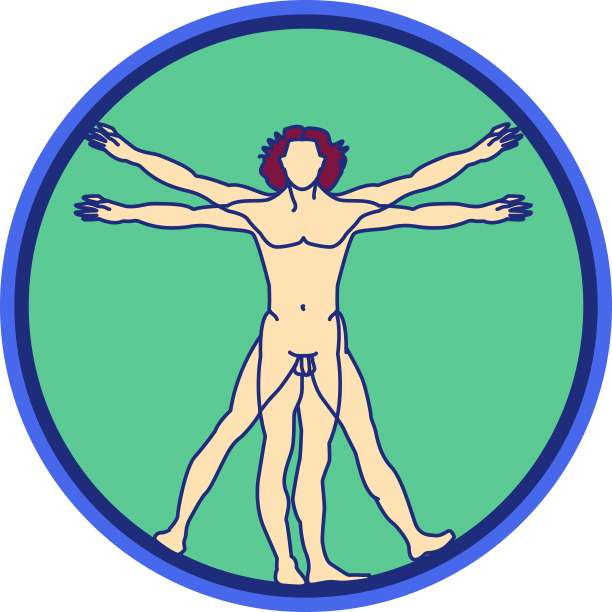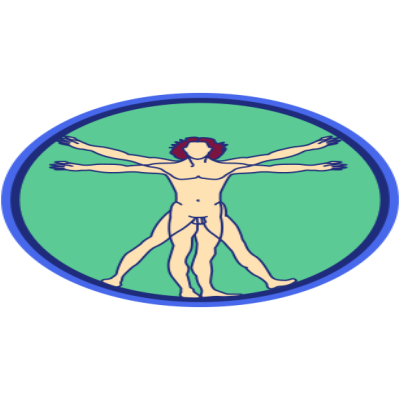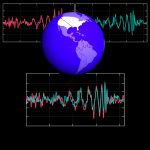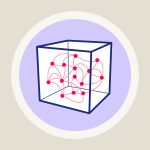Gravitational waves / Elementary tour part 1: The rhythm of geometry
For the simplest case of a gravitational wave, the consequences are shown in the animation below. Imagine that we are, once more, in empty space, far away from all sources of gravitation. On the floor of our spaceship, we create a mandala, painstakingly constructed by arranging coloured grains of sand:

Einstein mandala without influence of gravity.
Note that all the sand particles are free, so they float weightlessly near the cabin floor.
A simple gravitational wave traversing this mandala would change the distances between the sand particles as shown in the following animation. The wave moves from behind the computer screen towards the reader.

Einstein mandala under the influence of gravity
The coordinated dance of stretching and shrinking – stretching in one direction, while distances shrink in the perpendicular direction – is a general property of gravitational waves, as is the fact that all distortion takes place in a plane perpendicular to the direction in which the wave travels.










